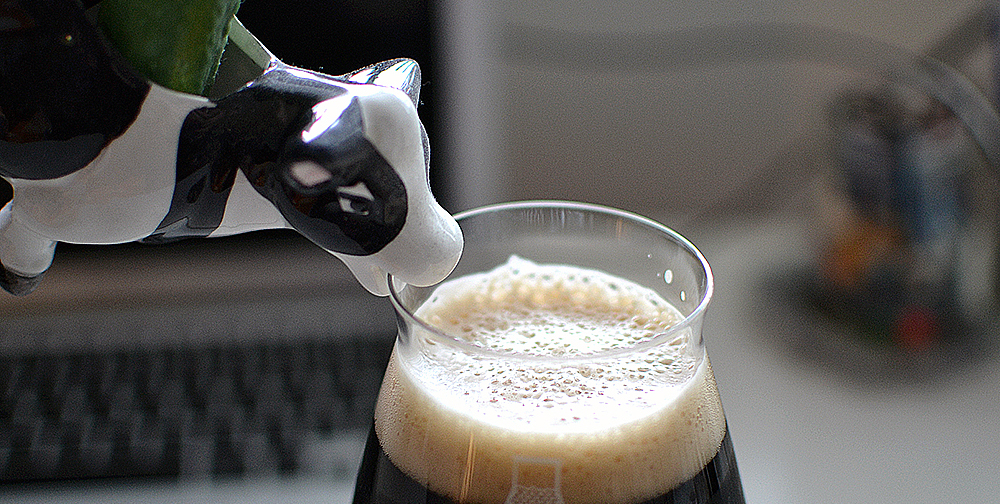
es·ti·brew
/ˈestə,bro͞o/
noun: estibrew; plural noun: estibrews
a type of beer brewed partially or entirely through human-sensory estimation.
verb: estibrew
past tense: estibrewed; present participle: estibrewing
to make (beer) using varying degrees of human-sensory estimation.
Folks and friends, first time readers and foes,
Have you ever wondered whether you had the brewing chops to brew a competent beer based purely on estimating each end every variable by feel alone? I'm talkin' grain bill, water chemistry, hop additions, water volumes, water temperatures, the lot? Read more









